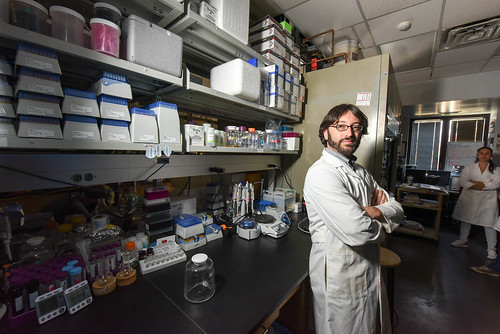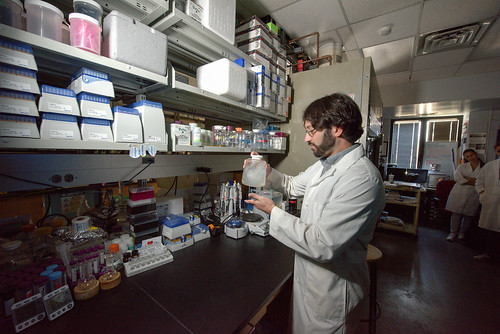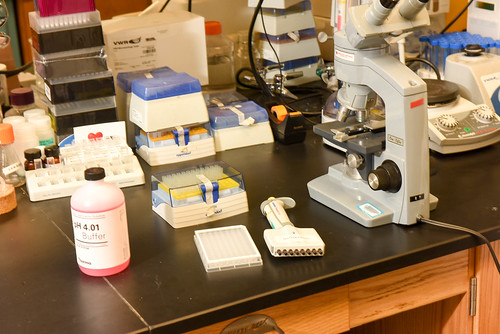COSAM News Articles 2017 September Mansoorabadi receives competitive DOE award to research a solution to the world’s energy crisis
Mansoorabadi receives competitive DOE award to research a solution to the world’s energy crisis
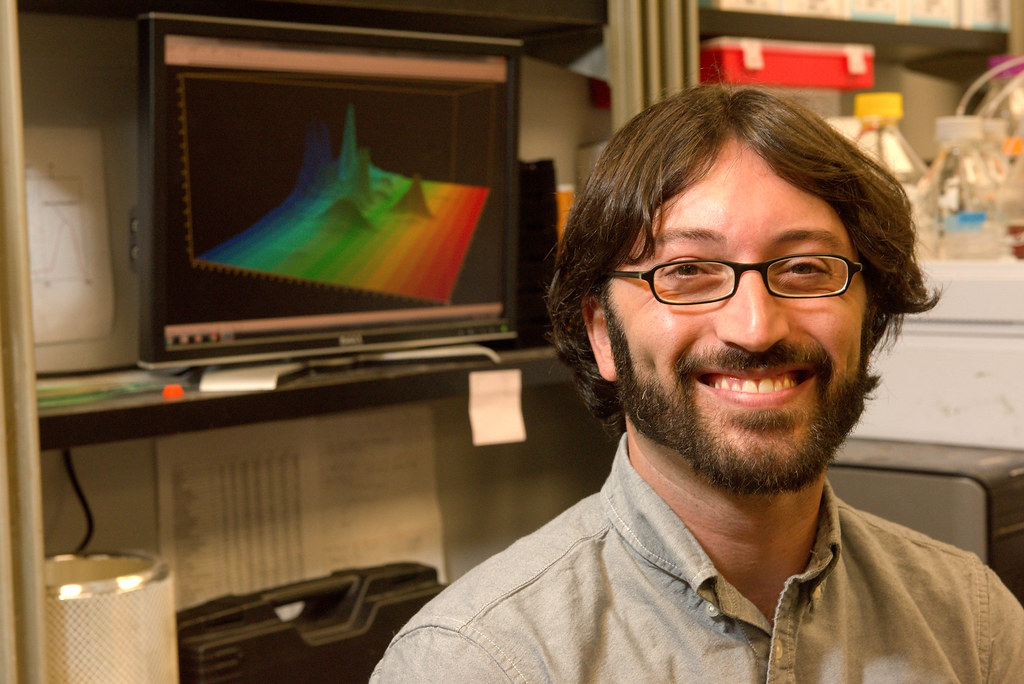
Assistant Professor of Biochemistry Steven Mansoorabadi is the recipient of a highly competitive, Department of Energy Early Career Research Program award.
Auburn University Assistant Professor of Biochemistry Steven Mansoorabadi is the recipient of a highly competitive, Early Career Research Program award from the Office of Basic Energy Sciences and the Department of Energy Experimental Program to Stimulate Competitive Research. Approximately 700 proposals were submitted for consideration, and Mansoorabadi is one of only 59 researchers nationwide to receive a DOE Early Career Research Program award, and one of only two recipients in his division, Physical Biosciences.
The award carries with it $750,000 for his proposal titled, “Mechanistic Studies of a Primitive Homolog of Nitrogenase Involved in Coenzyme F430 Biosynthesis.”
The DOE Early Career Research Program is designed to provide funding for researchers in universities and DOE national laboratories to support the development of individual research programs of outstanding scientists early in their careers, and stimulate research careers in the disciplines supported by the DOE Office of Science.
Mansoorabadi made a breakthrough discovery as part of a previous DOE subaward and a National Science Foundation grant. Both of the previous award programs were designed to boost potentially transformative research, and the DOE grant was specifically geared toward the development of bioconversion technologies that transform our ability to convert methane into liquid fuels.
According to the Environmental Protection Agency, methane was responsible for 10 percent of all greenhouse emissions in the U.S. in 2015. Methane is released during the production of oil, coal and natural gas, it is produced by livestock, and it is created in landfills due to the decay of organic waste.
“Natural gas reserves are located around the country, often in remote areas and frequently surrounding petroleum reserves,” said Mansoorabadi. “This means petroleum companies are faced with the challenge of extracting the natural gas that is surrounding petroleum.”
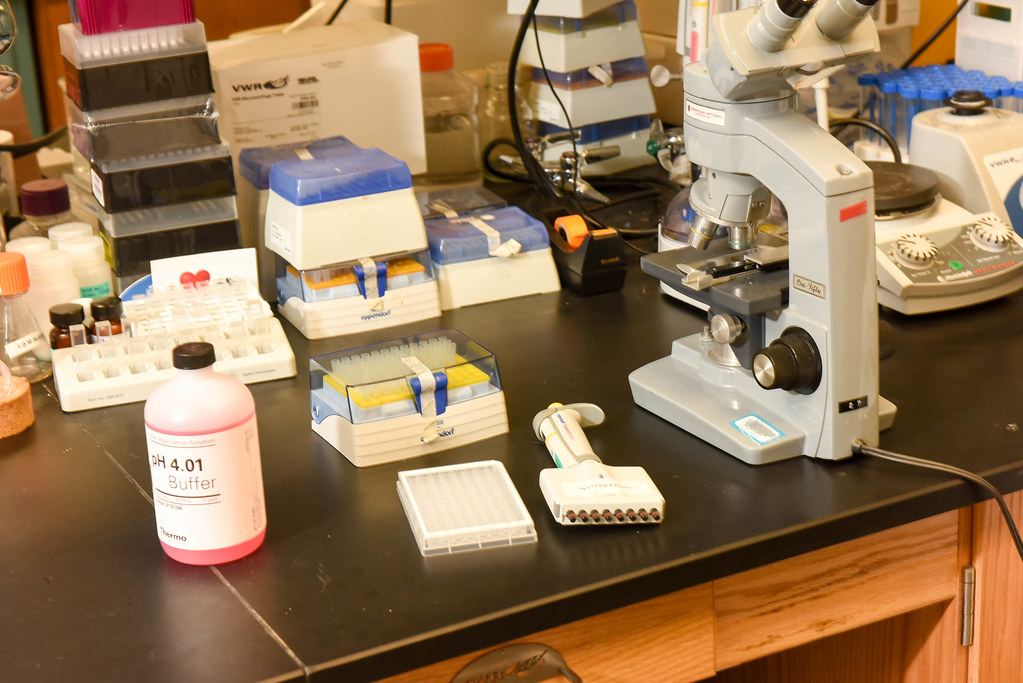
The Early Career Research Program award will allow Mansoorabadi and his team to focus on the mechanism of the enzyme involved in making F430, which will bring science one step closer to successfully creating a methane inhibitor.
He went on to explain that in order to extract natural gas and convert it into useful energy, a natural gas processing plant needs to be in the vicinity of the extraction site. Because a majority of the sites are located in a remote area that is not well suited for a large plant, companies often burn or vent any remaining natural gasses, which primarily consist of methane, after they have extracted the petroleum.
“Methanotrophic organisms eat methane,” said Mansoorabadi. “They contain enzymes that can convert methane into something else, like biomass. I studied an enzyme that is able to convert methane—methyl-coenzyme M reductase, or MCR. I was trying to find new ways the methane could be converted to liquid fuel, which is more easily transported, or to other commodity chemicals.”
Mansoorabadi stated that the use of these organisms for methane conversion has proved difficult. The organisms grow very slowly, and researchers have had difficulty obtaining a pure culture so they could be studied in a controlled environment.
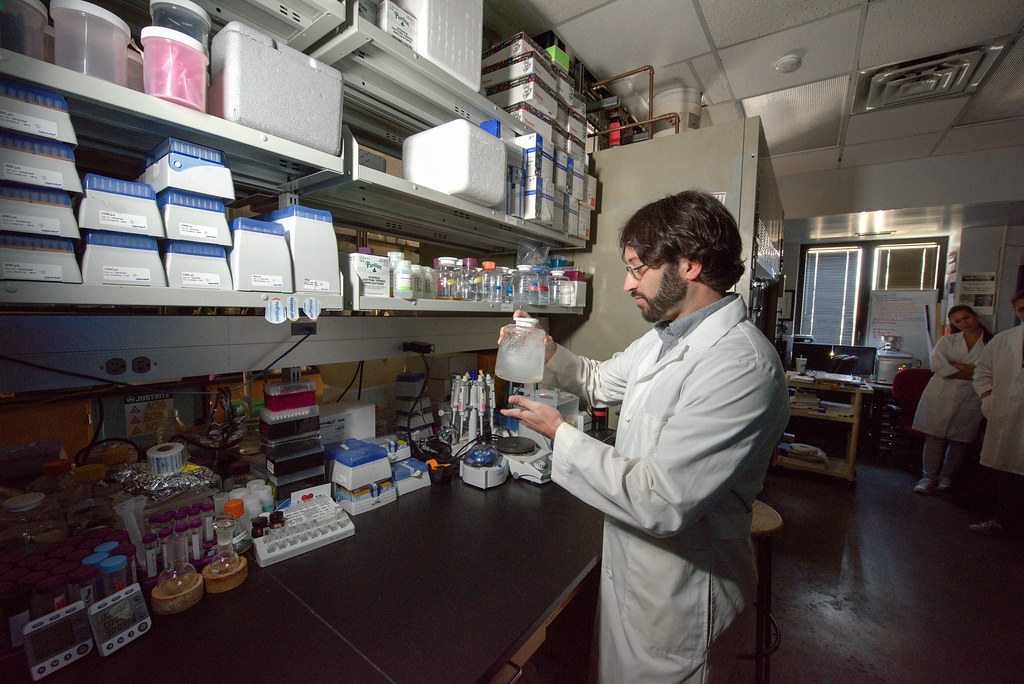
Mansoorabadi’s lab discovered the F430 pathway, which contained additional discoveries, including a new member of a class of molecules called tetrapyrroles that had never been seen before.
“The organisms don’t behave,” said Mansoorabadi. “The alternative would be to engineer a strain and put the pathway for converting methane into an organism that will grow quickly and we can manipulate, something like yeast or E. coli. But first, we have to engineer the pathway.”
Mansoorabadi’s specialty is studying biochemical pathways and, specifically, enzymes and their function. As such, he recognized that in order to engineer an organism that uses MCR, he would first have to give the organism the genes for MCR as well as for the synthesis of its coenzyme, F430, which is a small nickel-containing molecule that allows methanotrophic organisms to break down methane.
The F430 coenzyme posed a problem as no one, to date, had discovered the genes necessary to create F430. Undaunted by the challenge, Mansoorabadi went to work in search of the pathway for synthesizing F430, and he found it. Mansoorabadi’s lab discovered the F430 pathway, which contained additional discoveries, including a new member of a class of molecules called tetrapyrroles that had never been seen before.
“There is no other reaction quite like this one,” said Mansoorabadi. “The novel tetrapyrrole is the substrate for an enzyme that catalyzes a six-electron reductive cyclization reaction. To have an enzyme that reduces by six electrons and cyclizes is unprecedented! If we have a better understanding of how this enzyme functions, we can use this process to work toward getting other organisms to absorb methane. Conversely, we may be able to inhibit this process to help reduce natural greenhouse gas emissions.”
Mansoorabadi’s discovery was published in the journal Science in 2016 with a list of co-authors who were all from his lab at Auburn University. He also has a patent pending on the process of creating F430.
Picking up where he left off with his previous grants, the Early Career Research Program award will allow Mansoorabadi and his team to focus on the mechanism of the enzyme involved in making F430, which will bring science one step closer to successfully creating a methane inhibitor.
“A methane-inhibitor could reduce the release of methane into the atmosphere by industry and livestock, and an engineered methanotroph could provide a mechanism for converting natural gas into liquid fuel,” said Mansoorabadi. “I am an enzymologist by training, but I didn’t work on methanotrophs in graduate school or as a postdoc. I didn’t go into this research with the intention of trying to solve the world’s energy crisis. I started working in this area in 2012 from a natural fascination of the biochemistry of these microorganisms. But now, with this new DOE funding, we are working to get the fundamentals in place so, hopefully, we can drive something to the marketplace.”
For more information on Mansoorabadi, visit his website.
Latest Headlines
-
02/12/2025
-
02/11/2025
-
02/10/2025
-
01/30/2025
-
12/03/2024

